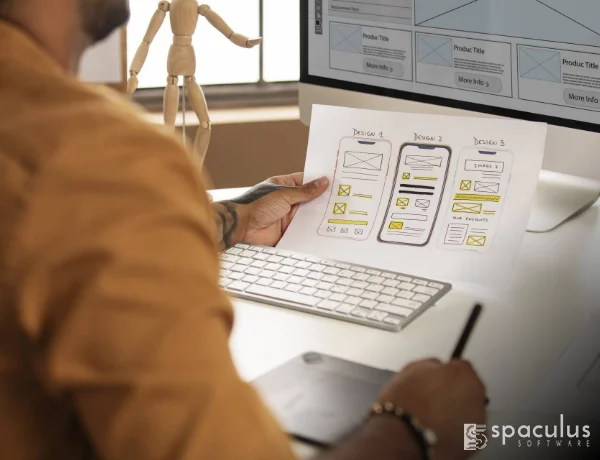React Native serves as a powerful framework for creating apps compatible with multiple platforms. By utilizing a single codebase, it offers seamless functionality on both iOS and Android devices, significantly reducing development time and costs. This approach ensures consistency in user experience, allowing businesses to reach a broader audience efficiently. Its versatility in code sharing and maintenance facilitates rapid prototyping and development, empowering developers to craft unified applications while effortlessly scaling across various devices and operating systems.
- Unified Codebase for iOS and Android
- Streamlined Cross-Platform Compatibility
- Consistent UI/UX Across Diverse Platforms
- Efficient Prototyping and Development
- Simplified Code Maintenance and Scalability
- Adaptable Solutions for Varied Device Ecosystems
React Native’s strength lies in its ability to create captivating, user-centric interfaces. Designers leverage its extensive library of components and modules to craft visually appealing, intuitive, and responsive interfaces that resonate with user expectations. Through meticulous wireframing, mockups, and prototyping, React Native facilitates an iterative design process, allowing for seamless and engaging user experiences across platforms.
- Intuitive User-Centric Design
- Iterative Prototyping and Refinement
- Responsive and Adaptive UI Development
- Consistent Visual Experience Across Platforms
- Accessibility and Usability Focus
- Emphasis on Visual Design Excellence
React Native allows integration of native modules written in platform-specific languages like Java, Swift, or Objective-C. This integration enables developers to incorporate platform-specific functionalities seamlessly into the React Native app. Leveraging these native modules ensures access to device-specific capabilities, optimizing app performance and providing an enhanced user experience.
- Seamless Integration of Native Functionalities
- Custom Development of Native Modules
- Leveraging Platform-Specific Features
- Augmenting App Performance with Device-Specific Capabilities
- Extending React Native with Native Code
- Accessing and Utilizing Device-Specific Functionality
A crucial phase in app development, React Native’s testing and quality assurance service ensures a robust and error-free application. Rigorous testing, encompassing functional, performance, and usability aspects, identifies and resolves potential issues before deployment. This comprehensive approach guarantees a stable and reliable app experience for end-users.
- Comprehensive Functional and Usability Testing
- Performance and Load Testing for Optimization
- Thorough Bug Identification and Resolutions
- Cross-Platform Compatibility Checks
- Security and Compliance Testing
- Implementation of Automated Testing Processes
React Native’s performance optimization service focuses on enhancing the app’s efficiency and responsiveness across various devices and platforms. Through code optimization, refining load times, and analyzing performance metrics, this service ensures an app that runs smoothly and offers an optimal user experience.
- Code Optimization and Streamlining
- Enhancing App Responsiveness and Speed
- Continuous Performance Analysis and Improvement
- Memory Management and Efficiency
- Improving Load Times and App Efficiency
- Ongoing Performance Monitoring and Optimization
Post-launch, continuous support and maintenance are crucial for app sustainability. React Native’s support and maintenance service include regular bug fixes, updates, and ensuring compatibility with new versions and devices. It aims to address user feedback promptly and implement necessary enhancements for a seamless user experience.
- Timely Bug Fixes and Regular Updates
- Integrating User Feedback for Continuous Improvement
- Ensuring Compatibility with Latest Platform Versions
- Performance Monitoring and Enhancements
- Security Patch Implementation
- Responsive User Support and Helpdesk Services





